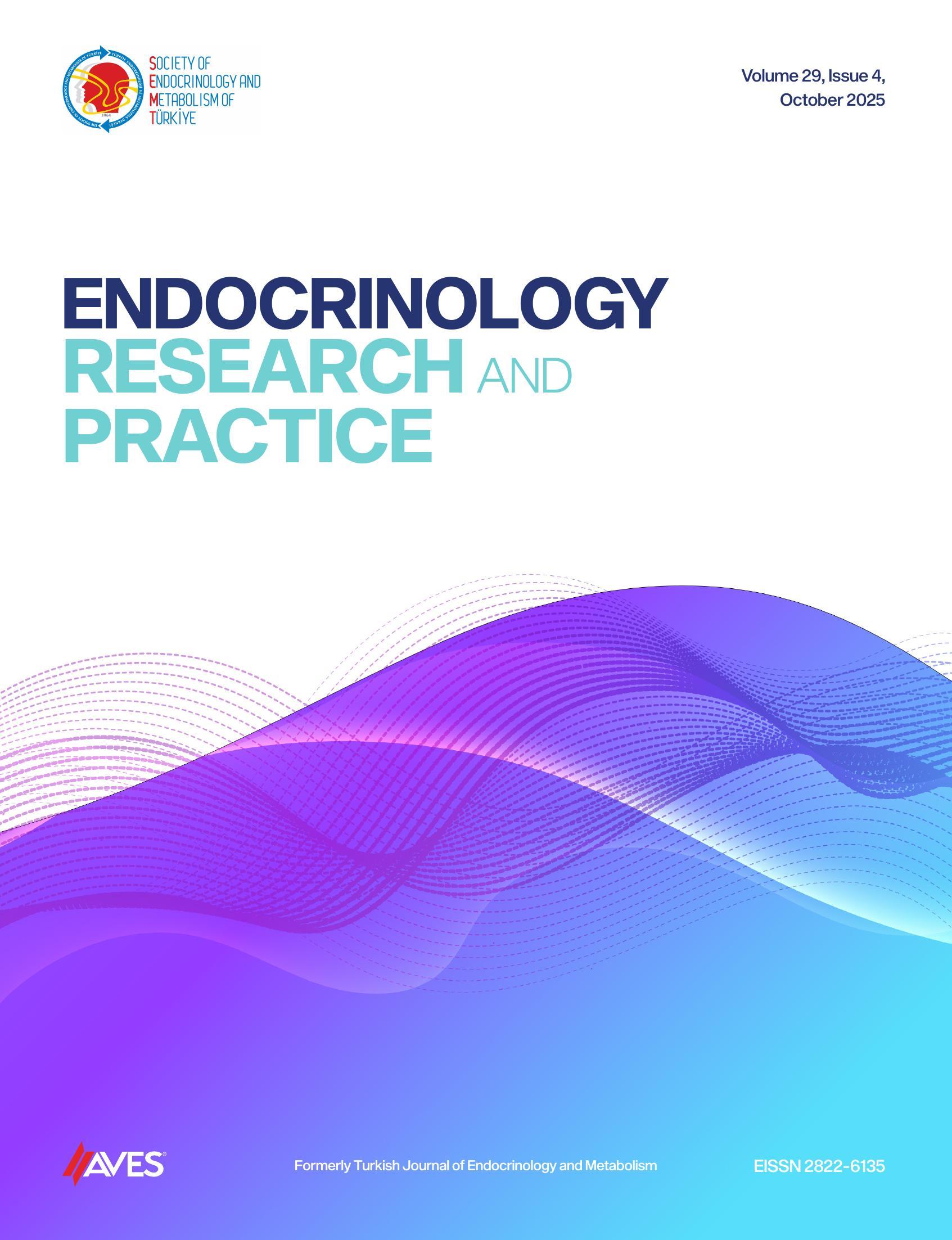Objective: Visceral adipose tissue performs an important role in the development of atherosclerotic cardiovascular disease. Expressing its close association with epicardial adipose tissue simplifies the understanding of visceral adipose tissue in terms of atherosclerotic cardiovascular disease risk and facilitates the implementation of necessary lifestyle changes. In this study, we aimed to explore the relationship between epicardial adipose tissue and visceral adipose tissue proxies such as visceral fat rating, visceral adiposity index, and lipid accumulation product index as well as anthropometrics and lipid profile.
Methods: This cross-sectional study involved 244 participants (131 female, 113 males), aged 18-83 years without established atherosclerotic cardiovascular disease and diabetes mellitus. Epicardial adipose tissue was measured by transthoracic echocardiography. Visceral fat rating, total body fat percentage, and mass were assessed by a bioimpedance analyzer. Mathematical formulas calculated the visceral adiposity index and lipid accumulation product index. Demographic, clini- cal, and biochemical information of the participants was provided from the hospital’s data system. Homeostasis model assessment of insulin resistance -insulin resistance was calculated using fasting insulin and glucose.
Results: Epicardial adipose tissue was significantly correlated with the visceral fat rating, visceral adi- posity index, lipid accumulation product index, age, body weight, body mass index, waist circum- ference, waist-to-height ratio, waist-to-hip ratio, total body fat percentage and mass, systolic blood pressure, diastolic blood pressure, fasting glucose, hemoglobin A1c, insulin, homeostasis model assessment of insulin resistance, total cholesterol, low-density lipoprotein cholesterol, triglycer- ide, high-density lipoprotein cholesterol, and cigarette smoking. Multivariate regression analyses revealed that age (β = 0.036, P = .001), visceral fat rating (β = 0.221, P < .001), systolic blood pressure (β = 0.033, P < .001), diastolic blood pressure (β = −0.048, P < .001), and cigarette smoking (β = 0.042, P < .001) were independent variables related to epicardial adipose tissue.
Conclusion: Epicardial adipose tissue is associated with cardiovascular disease risk factors and indi- ces of visceral adiposity in people without established atherosclerotic cardiovascular disease and diabetes mellitus.
Cite this article as: Naser A, Isgandarov K, Güvenç TS, et al. The relationship between epicardial adipose tissue and visceral adiposity indexes in individuals without established atherosclerotic cardiovascular disease and diabetes mellitus. Endocrinol Res Pract. 2023;27(3):114-120.

-1(1).png)

.png)